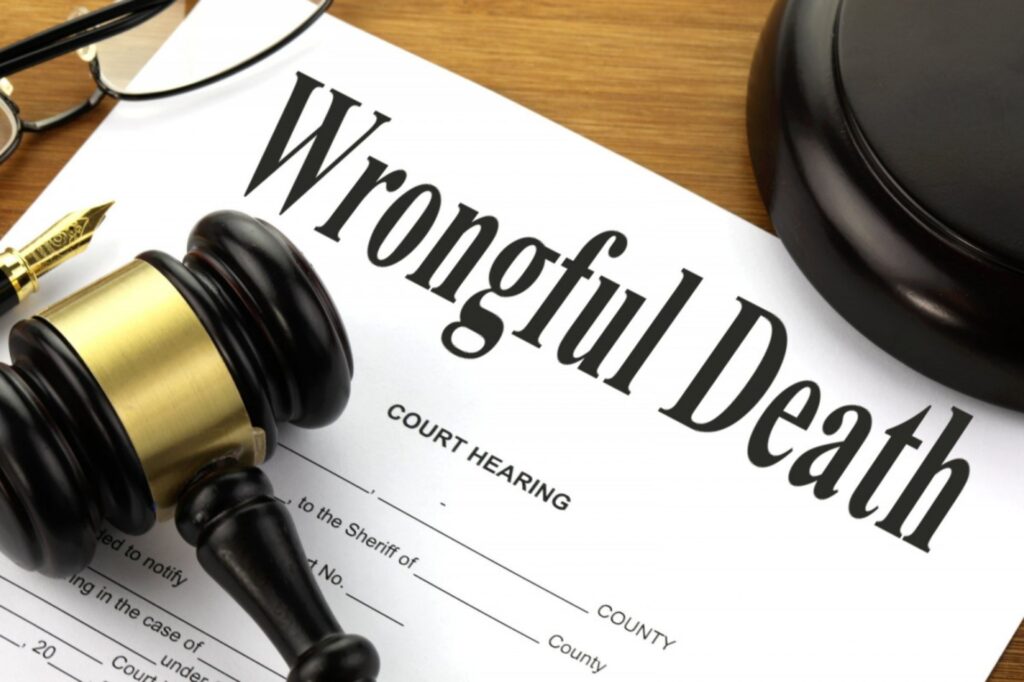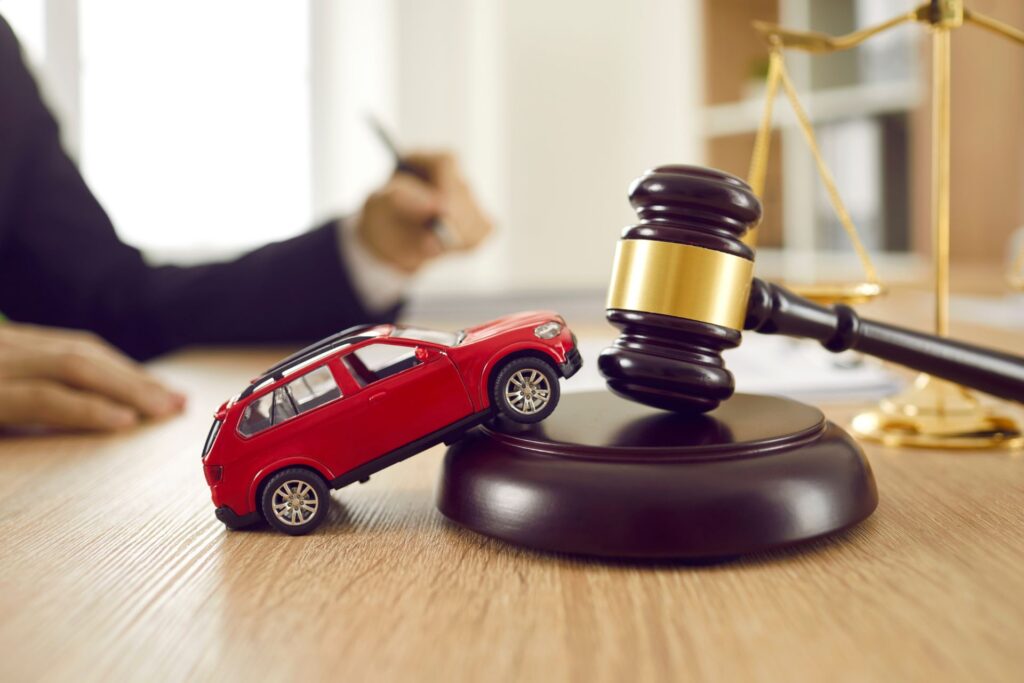Now Reading: What Does It Mean to Be in a No-Fault or At-Fault State?
-
01
What Does It Mean to Be in a No-Fault or At-Fault State?

What Does It Mean to Be in a No-Fault or At-Fault State?
The laws of the state determine who will pay for damages caused by accidents. When vehicles collide, finding who is at fault is just one part of the equation. The other part is determining if you’re in an at-fault or no-fault state. So, what does an at-fault state mean? What happens if the accident happened in a no-fault region? Knowing these could help you sort your courses of action out.
What happens in a no-fault state?
In these states, drivers subscribe to an insurance policy to pay for any kind of loss when they figure into an accident. The said insurance will cover the damage and injury suffered by the vehicle driver. In this case, the fault is immaterial. Depending on the state, individuals have to buy Personal Injury Protection (PIP) coverage aside from the primary insurance policy. PIP will answer for any injury suffered during the collision.
If the accident resulted in severe damage, the aggrieved individual could file a case against the party causing the injury. If the car insurance proceeds are less than the total loss, the aggrieved party can file a claim to recoup losses against the driver causing the injury. But then again, this option is not available in all states.
One can only be relieved of the no-fault policy and subsequently file a personal injury case or liability claim against the erring driver when your medical bills are at a specific level. This is also true if the injury is so severe that it’s beyond your state-set threshold. Say, for instance, you live in a state that won’t allow a personal injury claim against the accident-causing driver if you broke a bone, or your bills go beyond $3,000.
For example, a car accident happened in New York. The other party was at fault, and it was you who broke a leg and had to pay a whopping $7,500 medical bill. For your case to fall under the no-fault system and be able to file a claim in New York, your injury must fall under the ‘serious’ category in the said state. This only means that because of the accident, you might have experienced one of the following:
- Bone fracture
- Substantial disfigurement
- Permanent limitation in the use of a body part or organ
- Substantial limitation in the use use of a body system or function
- Substantial and total disability for a period of 90 days
Since your injury falls under the ‘serious’ definition, you’re allowed to file a personal injury case or third-party liability claim against the erring driver. You can also demand compensation for all types of loss, suffering, and pain included. On the other hand, if you only sustained minor injuries and these don’t qualify as ‘serious’ in the state-imposed threshold, then you’re left with the option of only filing a claim under your PIP coverage.
What happens in an at-fault state?
Otherwise known as tort state, in an at-fault state, the financial responsibility and fault are emphasized and shifted on the erring individual or the person who caused the accident. Because of the injury they caused, they are responsible for the medical bills, losses, and property damage. In an at-fault state, the police officer assigned to the case will determine who is at fault—provided, however, that such a verdict will only come after conducting an investigation, speaking to all parties involved, gathering evidence, and going through witness statements.
When you’re in an at-fault state, it’s assumed that you also keep or subscribed to liability insurance. Ideally, the policy should cover any kind of loss the driver ought to suffer from an overt action or inaction. Unfortunately, if you suffer self-inflicted losses, your liability insurance won’t pay for the same. In that case, you might need to subscribe to a different kind of car insurance.
Key takeaway
It doesn’t matter if you’re in an at-fault or no-fault state; you need to work with a lawyer who is an expert in these cases and circumstances. They can help you explore your options to limit or remove liability or get the most out of your insurance claim. You may end up paying a hefty amount for their counsel, but at least you get to protect your rights.








